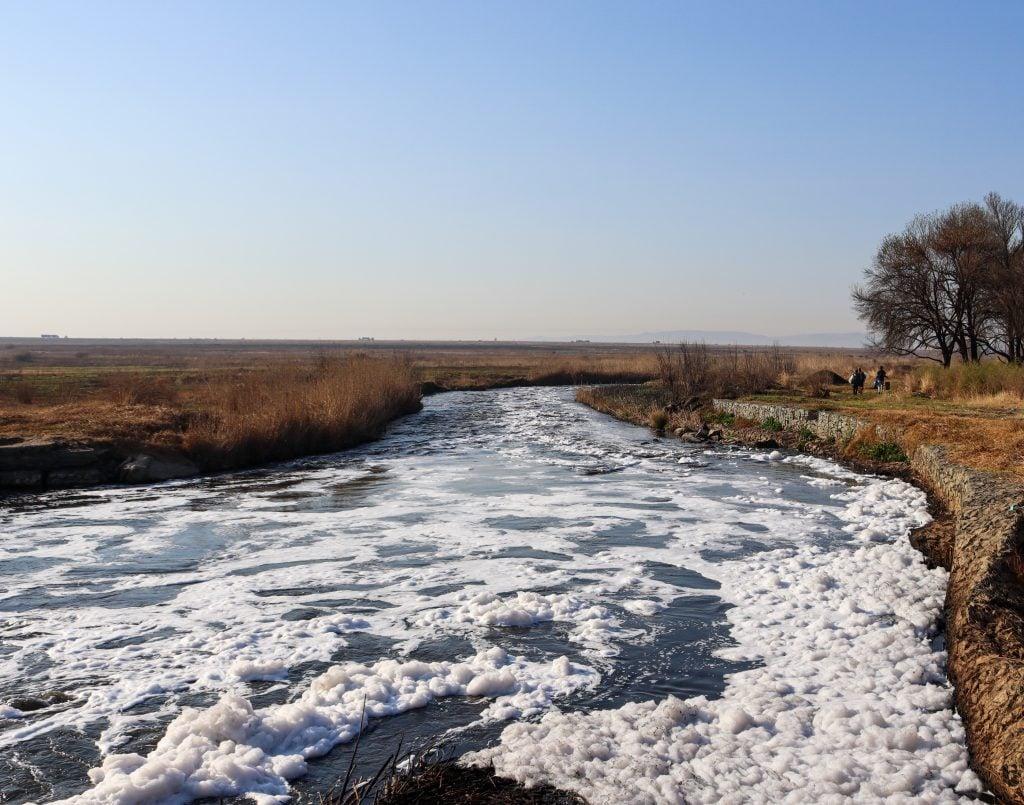Africa-Press – South-Africa. Nearly half of the country’s municipalities are not complying with drinking water standards.
This is outlined in the country’s most recent Blue Drop Watch Report, which shows (as Minister of the Department of Water and Sanitation [DWS] Senzo Mchunu describes) “a concerning decline in the performance of drinking water systems.”
The report investigated the current condition of drinking water infrastructure and treatment processes across 144 Water Services Authorities (WSA) that provide drinking water for domestic, commercial, and business use via water supply systems across South Africa’s nine provinces.
A total of 277 out of 958 (29%) water supply systems in the country have been identified as being in a critical state – a sharp increase from the 174 systems identified in 2014.
Just over half of the country’s water supply systems attained excellent or good microbiological water quality compliance, whereas 46% failed to meet the required standards and were, therefore, labelled as “poor” or “bad”.
Dr. Ferrial Adam, executive manager of citizen non-profit organisation WaterCAN, said, “while [the minister of DWS] seems reluctant to call the water situation a crisis, WaterCAN believes that this is indeed a crisis.”
Adam says that if nearly half of the country’s “municipalities are not complying with drinking water standards… [people] should not drink water from those systems without boiling it.” “Are they not letting people know that the water is contaminated? Surely that is a crime,” she added.
While all provinces have instances that show some form/s of deterioration (and improvement), certain regions find themselves in a far worse situation than others. For example, water quality from the worst-performing municipality in Gauteng is performing better than the top-performing municipalities of the Eastern Cape, Free State, Limpopo, and Northern Cape.
How results are determined
How these results came to be was from a scorecard used to rate the WSAs and subsequent supply systems based on evidence from:
Capacity Management;
Drinking Water Quality Risk Management;
Financial Management;
Technical Management;
Drinking Water Quality Compliance.
If a water supply system secures a Blue Drop score of 95% or more, it’s considered exceptional and granted the esteemed Blue Drop Certification/Certificate, but if it scores less than 31%, it is deemed inadequate and in a critical state – initiating necessary regulatory action.
For More News And Analysis About South-Africa Follow Africa-Press






